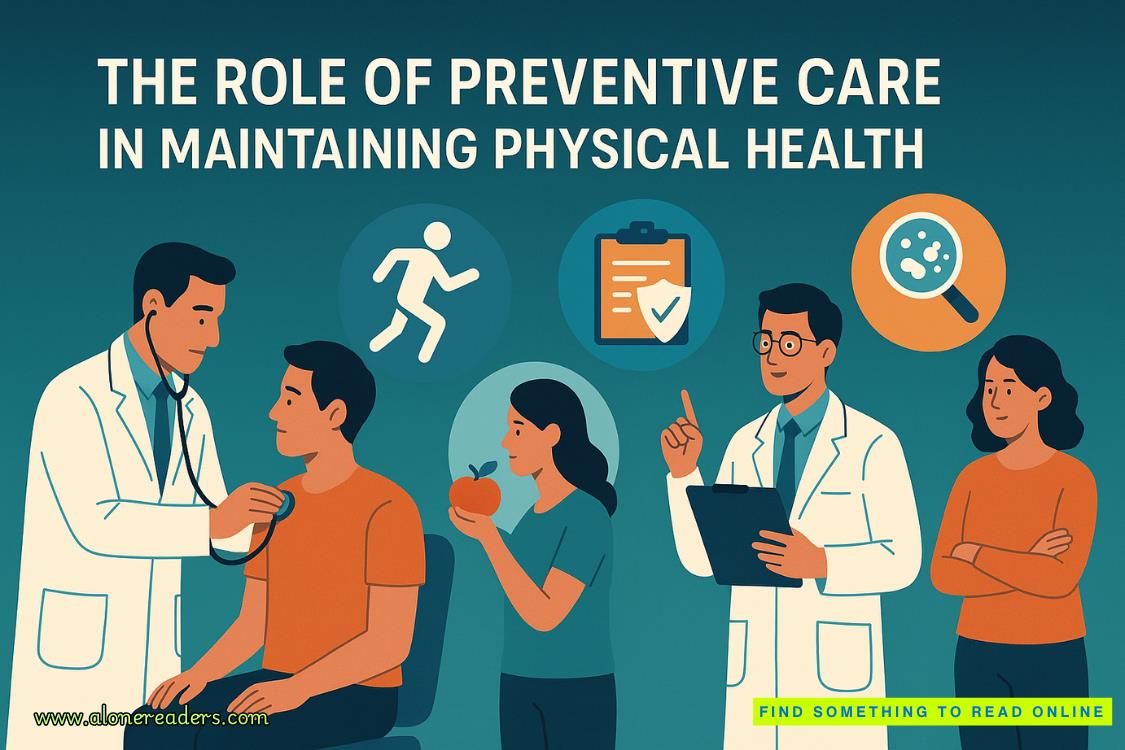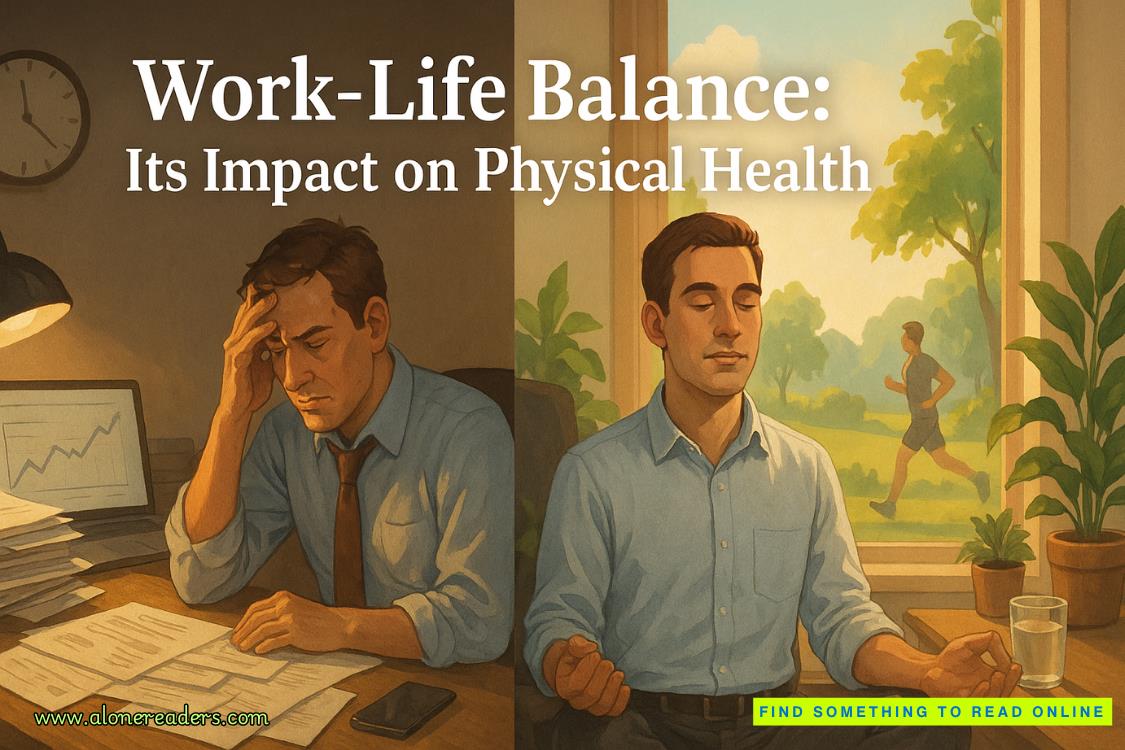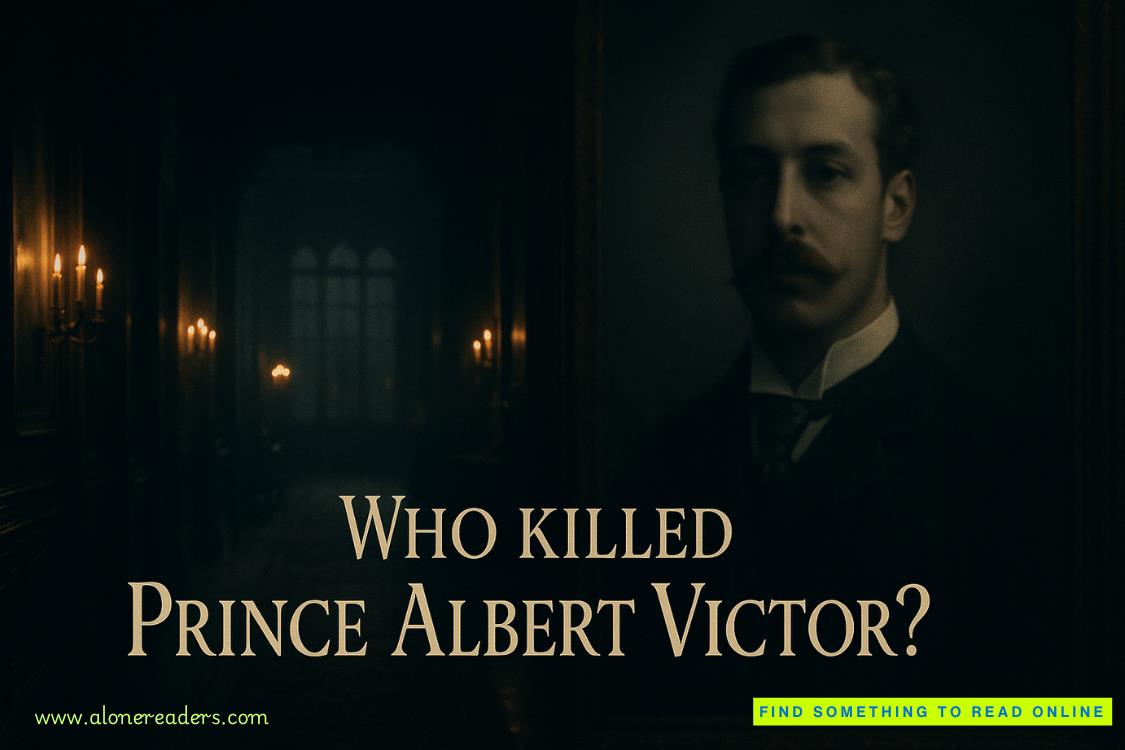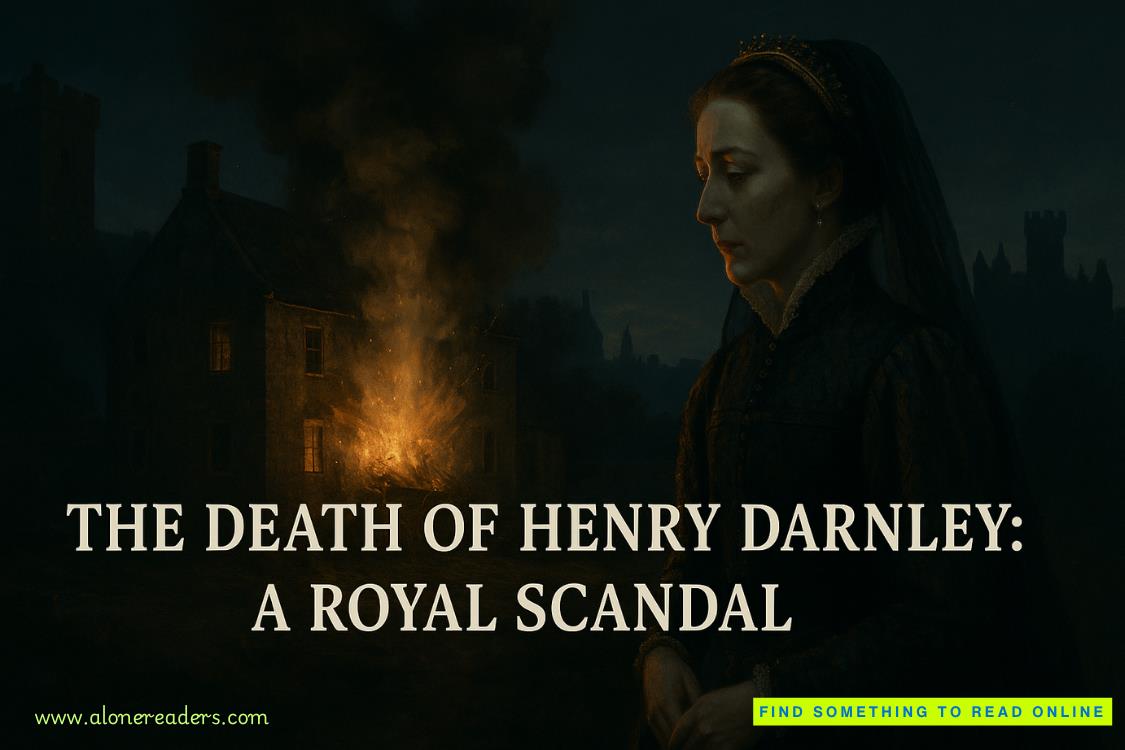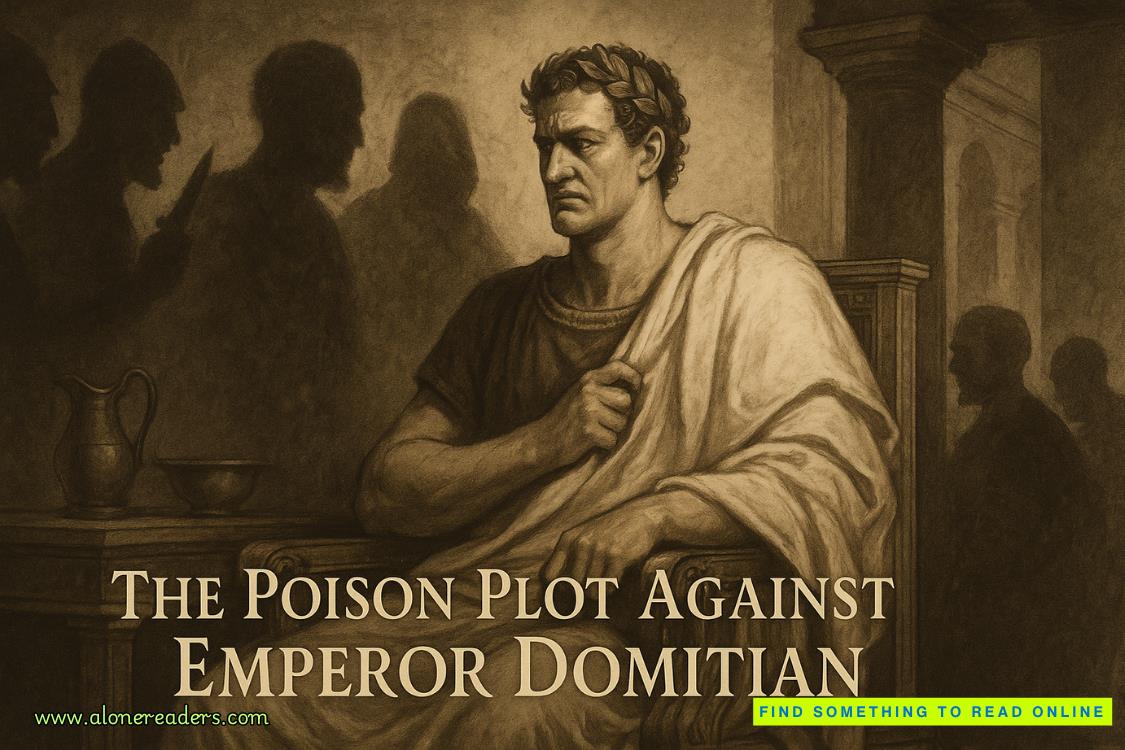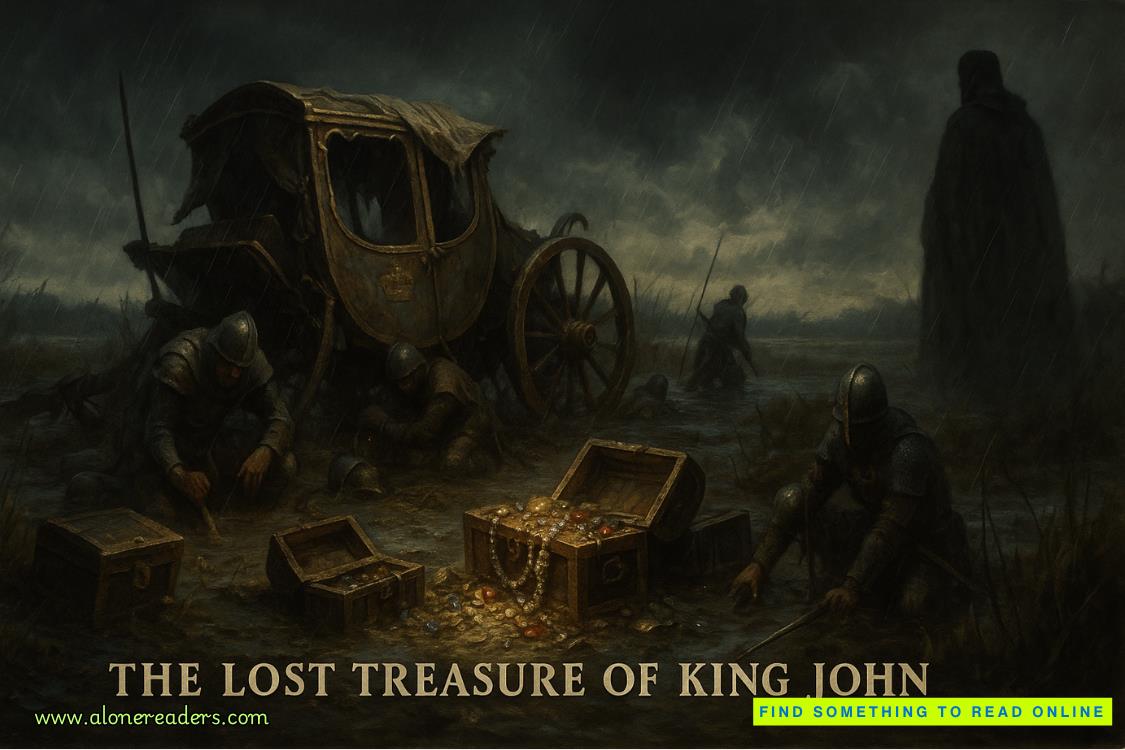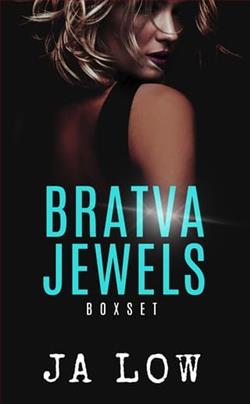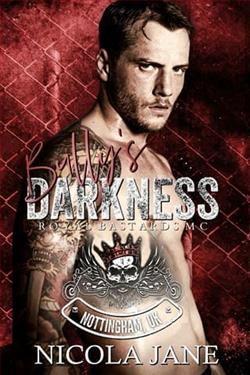Page 49 of The Devil Wears Tartan
I’m not watching myself in Moira’s sunroom. Instead, she’s layered my voice and the music over a series of grainy digital camera clips taken in this same auditorium over a decade ago now.
It’s easy to spot myself in every clip; for a few years when I was a kid, the kilt that fit me best was this horrible brown colour. I watch myself dance onstage, a concentrated frown on my face in every frame, and I realize I’m sitting here laughing to myself in my chair.
I forgot all about that awful kilt. I forgot how it took several teachers and several years of constant reminders to stop me from frowning through every performance.
Between her shifts at the hotel and her health, my mom was only able to come to a few of my competitions, so I don’t have old videos like these to pore over when I’m feeling nostalgic. Thanks to our history as constant division rivals, Moira’s family must have ended up filming me almost every time they filmed her.
The voiceover continues through the rest of my introduction before the video transitions to show me and Moira sitting in the wicker chairs at her house.
I don’t know how she managed it, but Moira has used some Oscar-worthy editing skills to turn our ridiculous and somewhat awkward interview into a work of art. She even included some B-roll footage of the Murray School and some close-ups of all the walls covered in dance photos at her house.
Even I’m totally swept up into the story. I listen to our words and watch us smile and laugh through some of the sillier questions before we both burn with earnestness as we get to the serious ones.
I see two women on screen who mean it when they say this community matters, that it’s changed their lives for the better, that they hope to keep being part of it for a long time to come. From the way the audience is sighing, chuckling, and even sniffling in response, I know they see it too.
“It was never just winning for winning’s sake,” I hear myself saying as I watch a clip of our division doing a sword dance in Scotland—the only event Moira was able to complete in at the world championships before she broke her ankle. “I remember the first time I got a stamp on my very first dance card. It was just a little bit of ink to say I’d placed, and I still needed so many more to get to the next level, but that stamp was like having proof I was part of a club—a family, even. It showed I had a place here.”
In the video, I leap over and around the swords so high even I can’t quite believe the strength and power in my movements. The frown from my childhood is gone, replaced by a calm determination and confidence.
That was the height of my career. Dancing there meant I was one of the best in the world.
Me—the girl who didn’t even own a pair of ghillies the day she took her first class.
A lump forms in my throat as I watch us go through a few more interview questions. The backing track starts to go quiet, and I can feel the crowd preparing to break out into a roar of applause, but then the video shifts from fading out on a photo of a young Moira holding a trophy to me in the sunroom again, asking her about the most fun she’s ever had doing a highland performance.
A cheesy record scratch sound effect plays, and the shot zooms in on Moira’s face.
“Well, Kenzie,” she answers, “I don’t think it will be a surprise to anyone who’s been a part of SDOO for a while to know my answer is, of course, the Nickelback routine.”
At least half the crowd bursts out laughing. Even people who haven’t been around the highland scene long enough to have witnessed the original Nickelback dance have mostly all heard of it by now.
The laughing continues all the way through Moira’s explanation of what she’s talking about as well as my urging her to recreate it.
Then the video cuts to not just her, but both of us whirling around to ‘Photograph.’
I feel the blood drain from my face. I sit frozen in horror as I watch myself act like a complete idiot up on a giant projector screen.
The crowd is howling with laughter now. A few of my students turn around in the row in front of me with their little hands clamped over their mouths as they squeal and kick their feet against their seats.
I can’t move.
I can only watch as we get to the point of pulling the photographs off the wall. I’m really getting into it up there. I almost don’t recognize myself as I start lip synching and making pained facial expressions, all while still maintaining the complicated steps of the Tribute I’m dancing.
Some of my horror starts to fade when I glance around the auditorium. The kids are all having the time of their lives, and the parents in the audience are smiling and clapping along with the song. The SDOO members up onstage even look a little misty-eyed.
They love it. They’re seeing the unpolished, imperfect side of me I’ve made sure to keep boxed up and out of sight, and they love it.
Before I can stop myself, I crane my neck around to look at Moira.
She’s sitting with some of the older girls from the Murray school, and she’s in the middle of a high-five with the one beside her. She’s beaming, her dimples out in full force. Her cheeks are flushed, and a few stray hairs are curling around her ears where they’ve slipped out of her bun. The teal blue tartan of her Aboyne’s sash is a perfect complement to the butterscotch colour of her hair.
She’s gorgeous.
For a moment, it’s the only thing I can think. I want to reach back and grab her hand to tell her. I want to say it again and again and again.
Then her eyes shift to meet mine, and the smile slides right off her face. She presses her lips together, her forehead creasing. Clearly my little blow-up when she mentioned my mom at lunch has not been forgotten.
Before I figure out what to do next, the people onstage have announced it’s time to go home, and the auditorium becomes a flurry of motion and voices. A couple parents get up and wait for me to let them out of our row. By the time I make it to the aisle and look back at Moira’s seat, she’s gone.
